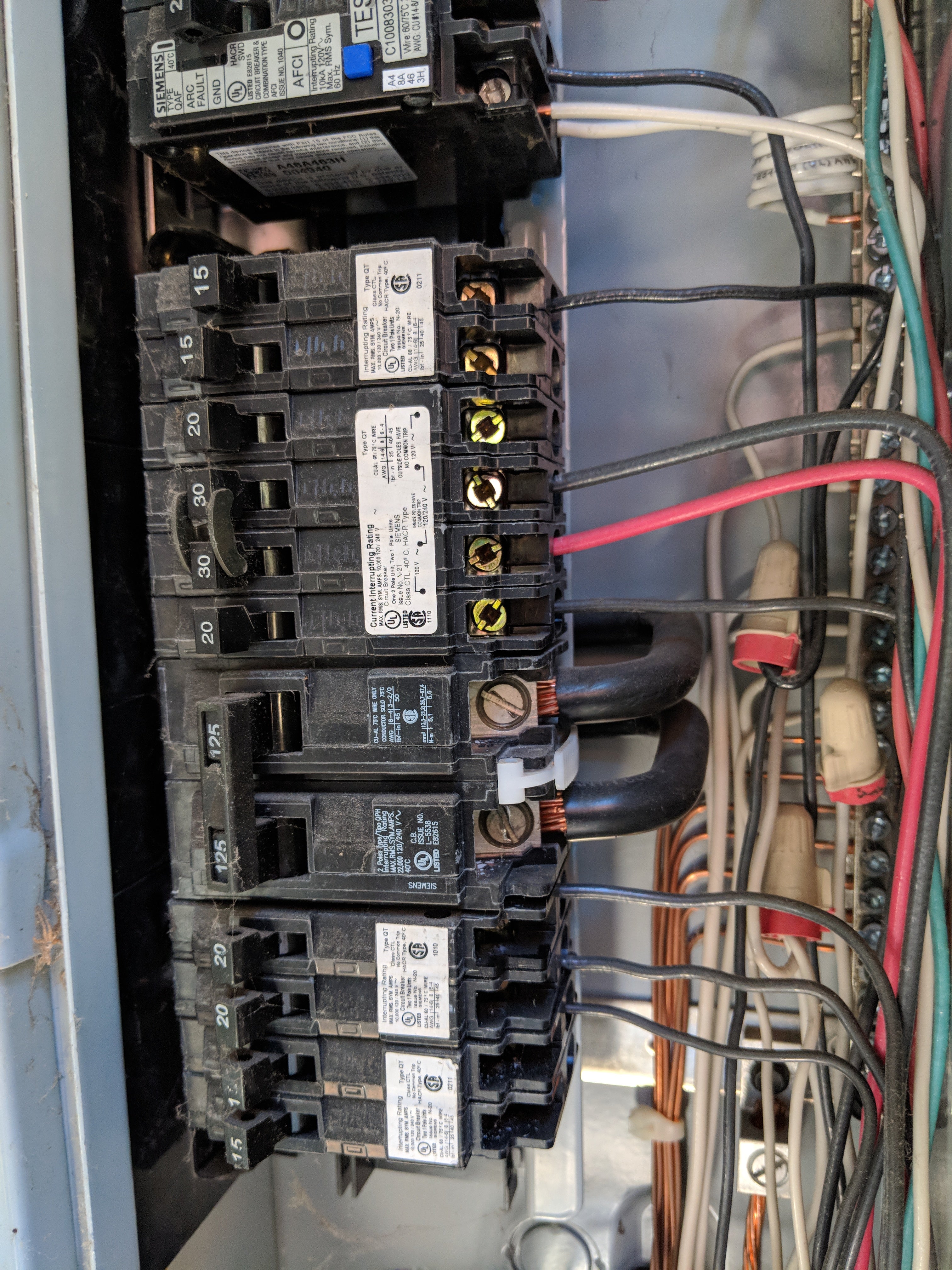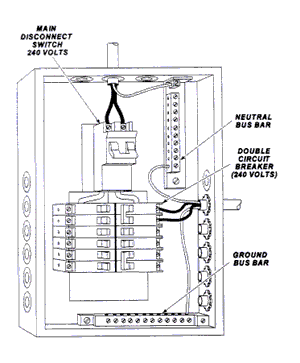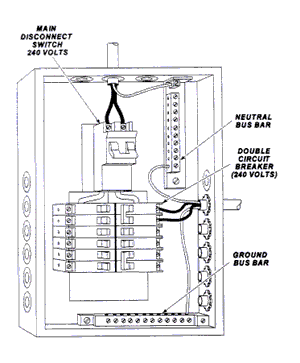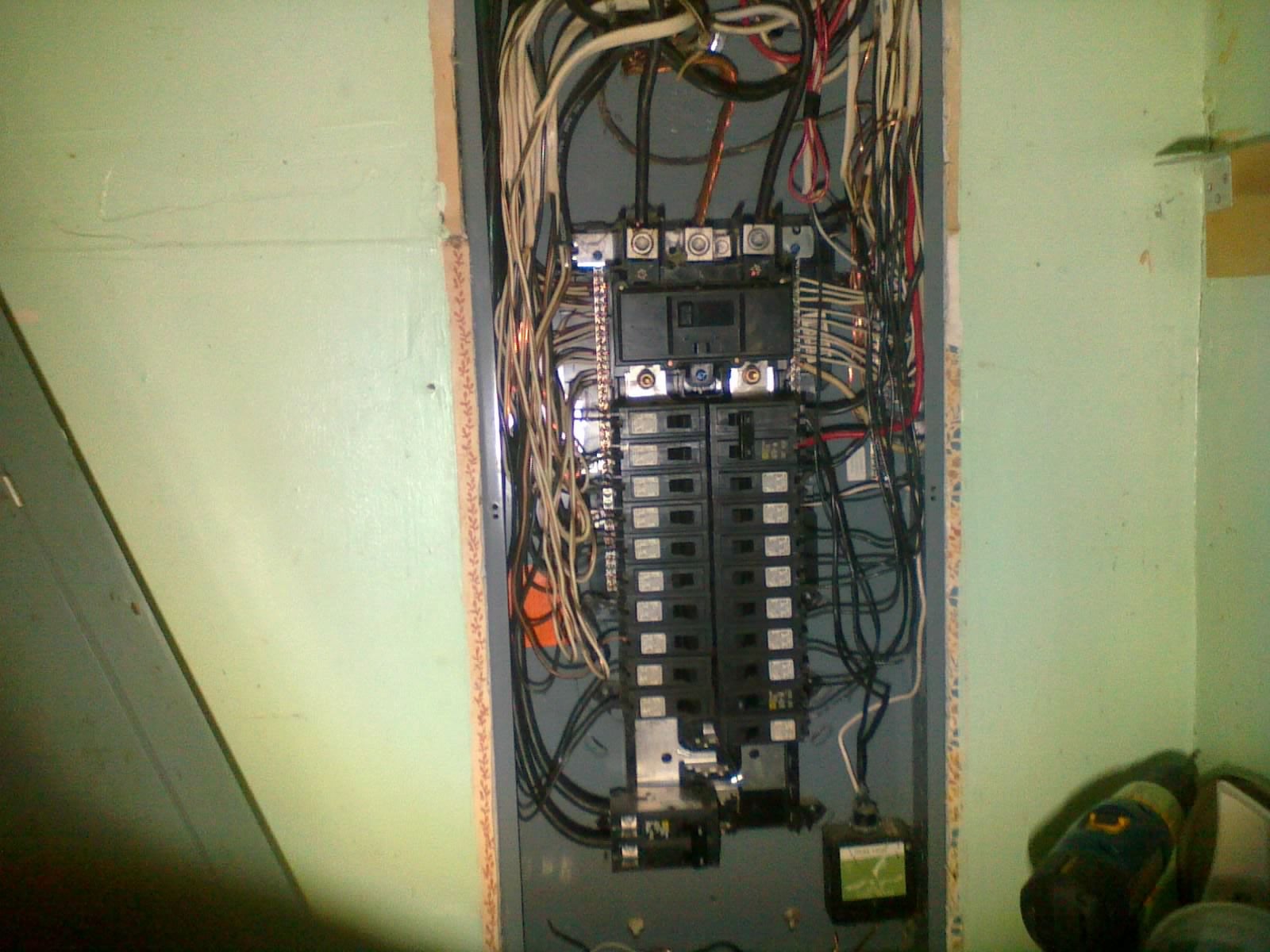 "Rusty Vandura - www.tinyurl.com/keepoppo" (rustyvandura)
"Rusty Vandura - www.tinyurl.com/keepoppo" (rustyvandura)
07/27/2018 at 12:11 ē Filed to: None
 0
0
 10
10
 "Rusty Vandura - www.tinyurl.com/keepoppo" (rustyvandura)
"Rusty Vandura - www.tinyurl.com/keepoppo" (rustyvandura)
07/27/2018 at 12:11 ē Filed to: None |  0 0
|  10 10 |

My friend has a service panel where neutral and ground share one bus. Will a GFI outlet function properly
in that situation?
 MonkeePuzzle
> Rusty Vandura - www.tinyurl.com/keepoppo
MonkeePuzzle
> Rusty Vandura - www.tinyurl.com/keepoppo
07/27/2018 at 12:19 |
|
NFI
 Highlander-Datsuns are Forever
> Rusty Vandura - www.tinyurl.com/keepoppo
Highlander-Datsuns are Forever
> Rusty Vandura - www.tinyurl.com/keepoppo
07/27/2018 at 12:23 |
|
NSFW.
 Highlander-Datsuns are Forever
> Rusty Vandura - www.tinyurl.com/keepoppo
Highlander-Datsuns are Forever
> Rusty Vandura - www.tinyurl.com/keepoppo
07/27/2018 at 12:31 |
|
Generally the neutral bus and ground bus should be separate. I would imagine a GFI would fault out in this instance. So in this case I think they are using the ground bus as the neutral bus? How does that even work? I think a call to a professional electrician is in order.


 Stephenson Valve Gear
> Rusty Vandura - www.tinyurl.com/keepoppo
Stephenson Valve Gear
> Rusty Vandura - www.tinyurl.com/keepoppo
07/27/2018 at 12:32 |
|
Yes. In most situations, the ground and neutral buses are bonded together, and in many they are physically the same bus . As long as the outlet is wired according to instructions (especially if there are to be downstream outlets protected by that GFI outlet) it will be just fine.
 FTTOHG Has Moved to https://opposite-lock.com
> Highlander-Datsuns are Forever
FTTOHG Has Moved to https://opposite-lock.com
> Highlander-Datsuns are Forever
07/27/2018 at 12:36 |
|
Actually, neutral needs to be tied to ground somewhere for electricity to work. It is done in the main service panel where electricity comes into the house ONLY. A good practice would still be to keep two separate bars for ground and neutral and then tie them together, but since they are all right there a lot of times youíll find everything on one bar in the main panel. Any sub panels must †have two separate bars.
 FTTOHG Has Moved to https://opposite-lock.com
> Rusty Vandura - www.tinyurl.com/keepoppo
FTTOHG Has Moved to https://opposite-lock.com
> Rusty Vandura - www.tinyurl.com/keepoppo
07/27/2018 at 12:40 |
|
Iím not an electrician, but assuming this is the main service panel for the building there is no problem. The ground and neutral will always be tied together there. In this case someone was lazy and put it all on one bar instead of tying together separate ground and neutral bars. So the GFCIís downstream should be fine. If this isnít the main panel, have your friend call in a pro before he hurts himself.
 Highlander-Datsuns are Forever
> FTTOHG Has Moved to https://opposite-lock.com
Highlander-Datsuns are Forever
> FTTOHG Has Moved to https://opposite-lock.com
07/27/2018 at 12:42 |
|
Thatís a good explanation
, I did some more research and figured that out too. My house is very strange it has one main panel
and three sub panels so everything is not normal.
 FTTOHG Has Moved to https://opposite-lock.com
> Rusty Vandura - www.tinyurl.com/keepoppo
FTTOHG Has Moved to https://opposite-lock.com
> Rusty Vandura - www.tinyurl.com/keepoppo
07/27/2018 at 12:46 |
|
Also... that wire loop... those are usually used for hooking on an ammeter which could mean someone was trying to sleuth out a ground fault in the past. †It could be nothing or it could be a preemptive thing put in for future maintenance but it could also mean past issues. †Personally Iíd at least consult a pro over that.†
 I like cars: Jim Spanfeller is one ugly motherfucker
> Rusty Vandura - www.tinyurl.com/keepoppo
I like cars: Jim Spanfeller is one ugly motherfucker
> Rusty Vandura - www.tinyurl.com/keepoppo
07/27/2018 at 13:10 |
|
Is the service panel in an older (pre-60s) house? It used to be pretty standard to tie N and G together- many older houses didnít even have a ground terminal on outlets.
Itís probably fine if itís in a house, but if there are significant jumps in load (like a large heater on the circuit or something), the potential on the neutral will briefly be not at ground potential, which would present a hazard. May also trip the interrupt.
If itís in a non-residential application, the wiring probably isnít up to code and should be fixed. In either case, itís probably worth getting an electrician out there to isolate N and G.
 Urambo Tauro
> Rusty Vandura - www.tinyurl.com/keepoppo
Urambo Tauro
> Rusty Vandura - www.tinyurl.com/keepoppo
07/27/2018 at 13:46 |
|
Iím not entirely sure how that affects the GFCI stuff, but last year a technician who came to look at the furnace was a worried about potential backfeeding , and needed the grounds separated from the neutrals before he could complete his diagnosis.
So I had to rewire the main panel with a dedicated ground circuit. There was already a grounding rod nearby, so it wasnít all that hard, just time consuming. Especially because all the wires were left long and just stuffed in there. Here you can see the tangled mess on the left-hand side, compared with the ones on the right that I trimmed and rewired. Itís so much easier to trace wires now, should the need ever arise.

!!!error: Indecipherable SUB-paragraph formatting!!!